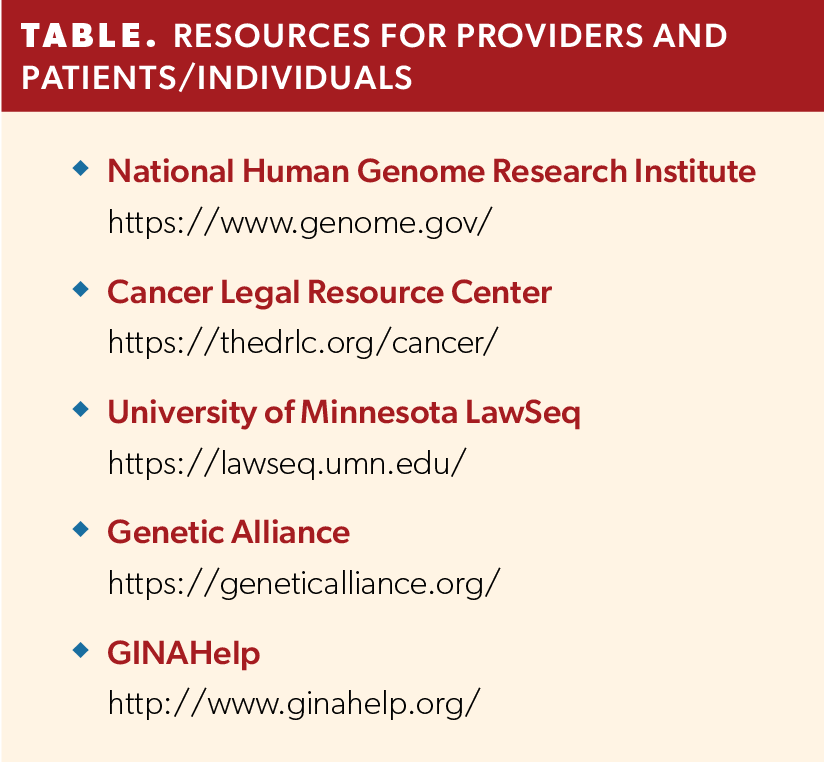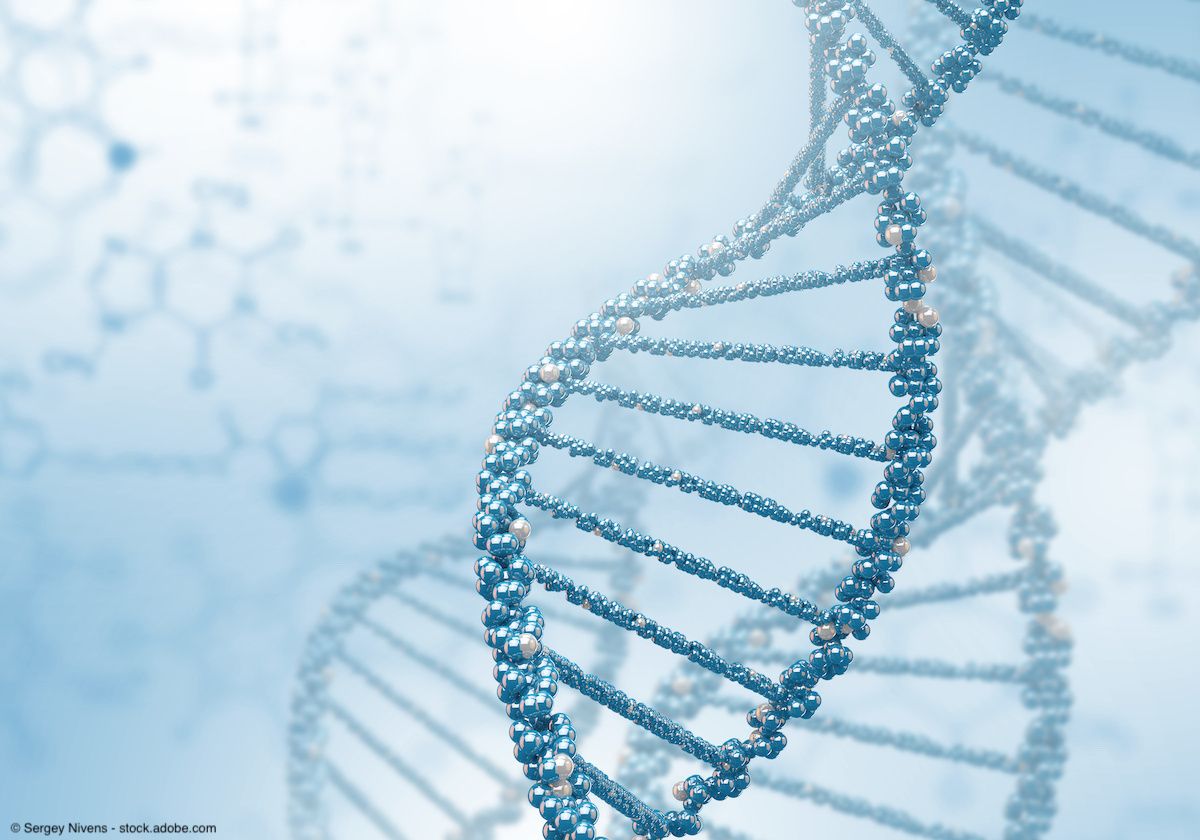Article
What is genetic discrimination, and why does it matter?
Author(s):
Rachelle Manookian, MS, LCGC

Individuals who are referred for genetic testing for hereditary cancer or other medical conditions may have concerns about the risks of testing, especially if a mutation is discovered, and how this information might be used by others. Genetic discrimination refers to a difference in treatment for an individual based on their genetic information (ie, hereditary predisposition to a disease). For example, an individual may wonder whether their health insurance will be affected if they are found to carry a gene mutation that places them at high risk to develop cancer in their lifetime. This individual may also be concerned about losing their job if their employer discovers they have high risk for a disease. In both scenarios, the person is expressing a concern for genetic discrimination.

Genetic discrimination is an extremely important topic, as it may affect an individual’s decision to pursue genetic testing, which ultimately may impact their health care. If an unaffected individual with a significant family history of cancer is found to carry a gene mutation that increases their risk for breast cancer, they may be candidates for early and increased screening or surgery to prevent or detect cancer early when it is highly treatable. However, these measures would not be taken if the individual chose not to pursue genetic testing for fear of genetic discrimination.
The Genetic Information Nondiscrimination Act (GINA) of 2008 is a US federal law that provides individuals protection from genetic discrimination for health insurance (Title I) and employment (Title II). GINA defines genetic information as information related to an individual’s genetic test results, family members’ genetic test results, and family history of a disease or disorder.
GINA prohibits health insurers from discriminating against enrollees based on their genetic information. Health insurers are not able to use genetic information to make eligibility decisions, determine coverage or premiums, or for underwriting. Additionally, health insurers may not require an individual or their family member to undergo genetic testing or require them to provide genetic information. As stated above, this includes information about family history of disease. GINA’s health insurance protections apply to private health insurers (group or individual), Medicare, Medicaid, Federal Employees Health Benefits, and the Veterans Health Administration. GINA does not apply to life, disability, or long-term care insurance policies. It is important to note that some individual states may have added protections for these types of insurance that are not protected by the federal law.
Regarding employment, GINA prohibits the use of genetic information for decisions such as hiring, firing, pay, and promotions. Furthermore, with a few exceptions, employers are prohibited from requiring or requesting genetic information from an employer. GINA’s employment protections do not apply to the United States military or employers with fewer than 15 employees.
The Americans with Disabilities Act (ADA) prohibits discrimination against disabled individuals in several areas, including employment. GINA protects employers from discriminating against an individual based on their genetic information, such as their increased risk to develop cancer, as in the example above. In contrast, the ADA protects individuals who are symptomatic, meaning they are already presenting with the disease (in this case, cancer), from discrimination as it relates to their current employment, including job seeking. Furthermore, the ADA also protects employees from discrimination based on perceived disability. For example, if an individual has a family history of a disease, they may be perceived to be at higher risk for this disease based on their family history. This is an example of perceived disability, and the employee would be protected from this type of discrimination by the ADA.
In summary, the protections provided by GINA have made a significant difference for individuals who are concerned about genetic discrimination. As clinicians, we are able to provide our patients with a level of reassurance, and as such, they can pursue the necessary genetic testing that may affect their health care. With that said, it is important for clinicians to keep in mind the limitations of GINA described in this article. These limitations also illustrate that there is still work to be done in fully protecting individuals from genetic discrimination. To help patients and individuals further, clinicians can provide the resources listed in the Table for those with further questions or concerns.
References
1. Genetic discrimination. National Human Genome Research Institute. Updated January 6, 2022. Accessed February 14, 2022. https://www.genome.gov/about-genomics/policy-issues/Genetic-Discrimination
2. Genetic Information Nondiscrimination Act of 2008, HR 493, 110th Cong (2008). Accessed February 14, 2022. https://www.govinfo.gov/content/pkg/PLAW-110publ233/pdf/PLAW-110publ233.pdf
3. Americans with Disabilities Act. US Department of Labor. Accessed February 14, 2022. https://www.dol.gov/general/topic/disability/ada
















